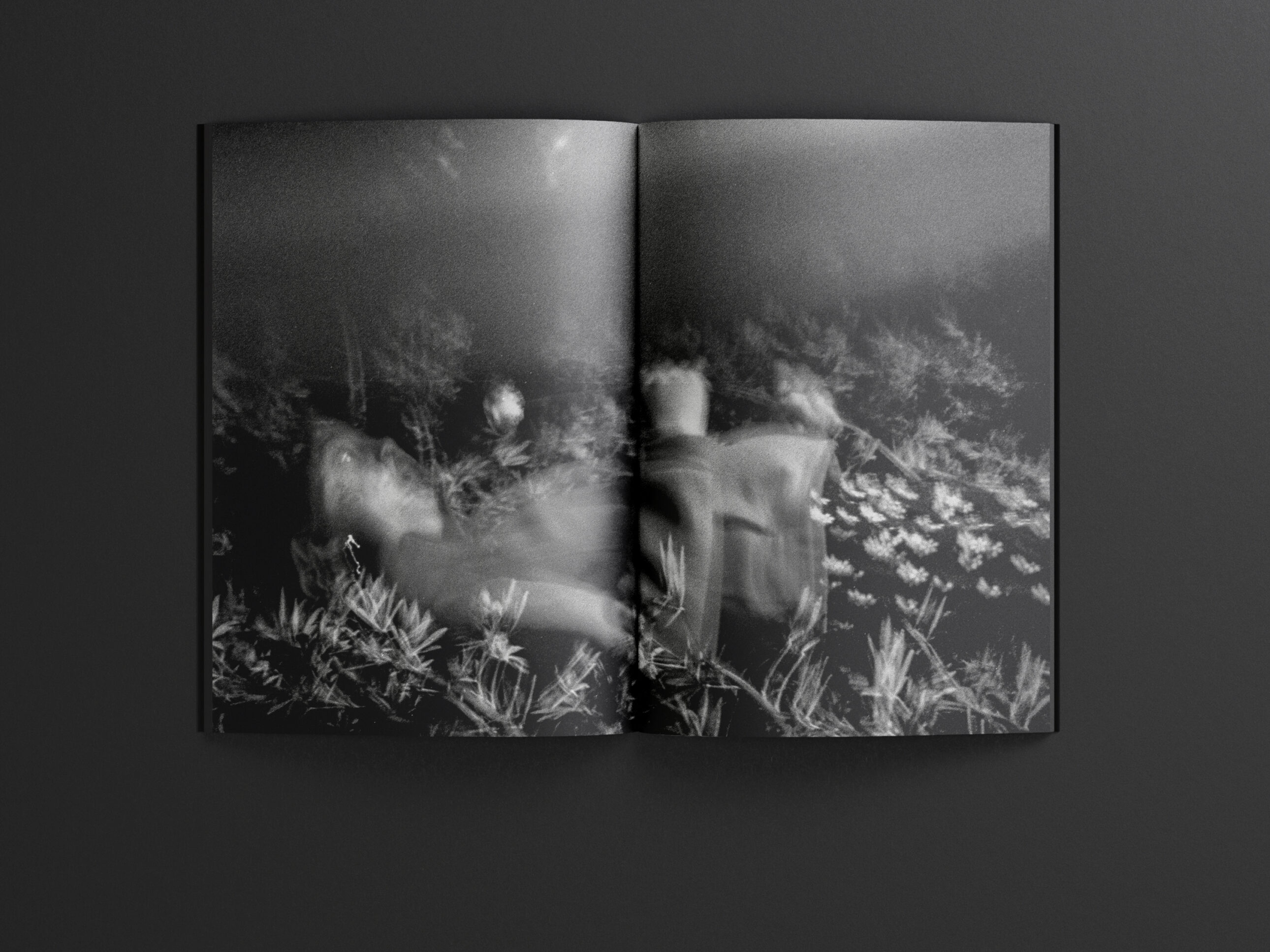Gato Negro Ediciones
Since 2013, Gato Negro Ediciones has acted as a recognizably-urgent voice in independent publishing across the cultural realm. Advocating the liberty of thought, the Mexico City-based press intentionally prints titles that challenge the so-often sequestered view of contemporary society. In a new world where temporary excess and obstruction of knowledge are lived at its height, Gato Negro returns the voices of their authors to the fundamental purpose of the book.
By remaining inside the economically-amicable yet unconstrained process that is risograph printing, an archive of over 220 titles has been successfully called into life ever since its inception.
From political manifests to art theory and prose, the books of Gato Negro do not wish to deconstruct reality through ornamental distractions that lately seem to have become an inevitable requisite within the modern history of publishing. Instead, Gato Negro embraces the deliberately-chosen content in its most primal form: straightforward and entire. And therefore, ever-growing in context.
The outcome of each publication is a dialogue between reader and creator — an ecological construction of selfhood that distills collective contemplation while all we do is live.
By remaining inside the economically-amicable yet unconstrained process that is risograph printing, an archive of over 220 titles has been successfully called into life ever since its inception.
From political manifests to art theory and prose, the books of Gato Negro do not wish to deconstruct reality through ornamental distractions that lately seem to have become an inevitable requisite within the modern history of publishing. Instead, Gato Negro embraces the deliberately-chosen content in its most primal form: straightforward and entire. And therefore, ever-growing in context.
The outcome of each publication is a dialogue between reader and creator — an ecological construction of selfhood that distills collective contemplation while all we do is live.


